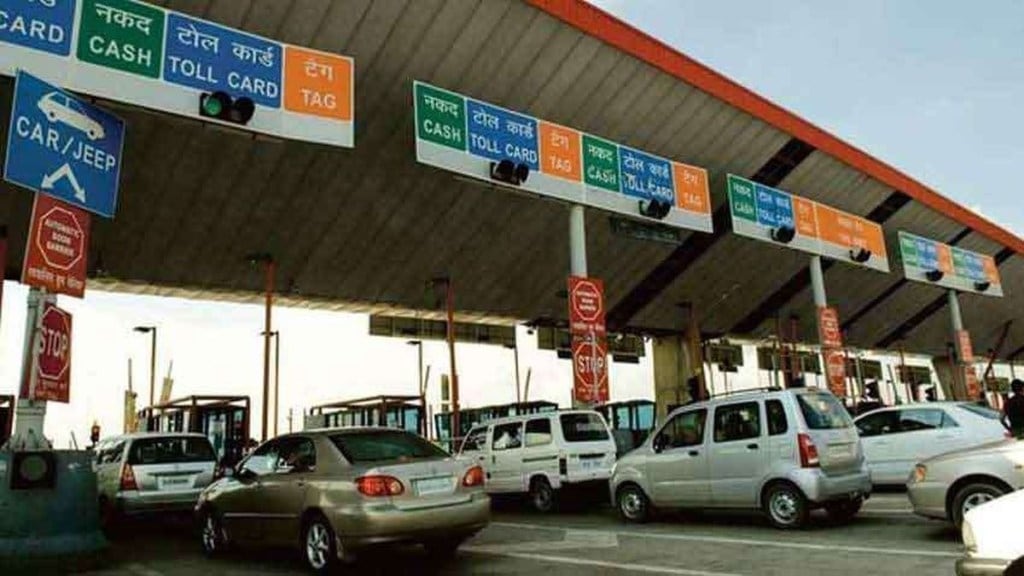Ever wondered how your toll fee is calculated? Here, we are going to break down the formula used for toll collection. To begin with, user fees for National Highways are calculated based on two sets of rules. For publicly funded toll plazas (EPC/HAM/BOT-Annuity), the National Highways Fee (Determination of Rates and Collection) Rules, 2008 apply, and for BOT (Toll) fee plazas, the then applicable Fee Rules and provisions of the Concession Agreement are used.
According to the 2008 Rules, the toll rate for a section of a four-lane or more national highway is calculated as: Toll rate = Length of the section (km) x Base rate per km (Rs/km). The base rate per km for the year 2007-08 is provided in the following table:
| Type of Vehicle | Base rate of fee per km (in Rupees) |
| Car, Jeep, Van or Light Motor Vehicle | 0.65 |
| Light Commercial Vehicle, Light Goods Vehicle or Mini Bus | 1.05 |
| Bus or Truck (Two axles) | 2.20 |
| Three-axle commercial vehicles | 2.40 |
| Heavy Construction Machinery(HCM) or Earth Moving Equipment (EME) or Multi Axle Vehicle (MAV) (four to six axles) | 3.45 |
| Oversized Vehicles (seven or more axles) | 4.20 |
User fee rates per km are updated annually on April 1st based on the prevailing fee rules.
Expressways: Tolls on expressways are 1.25 times the rate for four-lane national highways.
Two-lane highways with substantial improvements: Tolls are 60% of the four-lane rate if the carriageway has been widened by at least three meters.
Additional factors affecting user fees:
- Bypasses costing over Rs 10 crore (2007-08) are subject to a 1.5x multiplier.
- Structures longer than 60 meters are treated as equivalent to ten times their length of highway.
Are there any exemptions?
It is important to note here that there are no exemptions for public carriers at national highway toll plazas. However, exemptions do apply to Mechanical/security vehicles transporting certain dignitaries, Vehicles used by authorized officers for official purposes, and Vehicles specified under the National Highways Fee Rules, 2008.
FASTag program:
NHAI had conducted a study to evaluate the effects of the National Electronic Toll (FASTag) Collection Programme. The study showed improved operational efficiency, fuel savings, increased throughput, revenue enhancement, and various intangible benefits following the implementation of FASTag.
User fee collection:
The user fee collected for Public Funded Fee Plazas (EPC/HAM/BOT-Annuity) is deposited into the toll account by the agency, as stipulated in the contractual conditions. Subsequently, this amount is transferred to the Consolidated Funds of India. For BOT/OMT/TOT Concessionaire fee plazas, the concessionaire retains the user fee collection.

